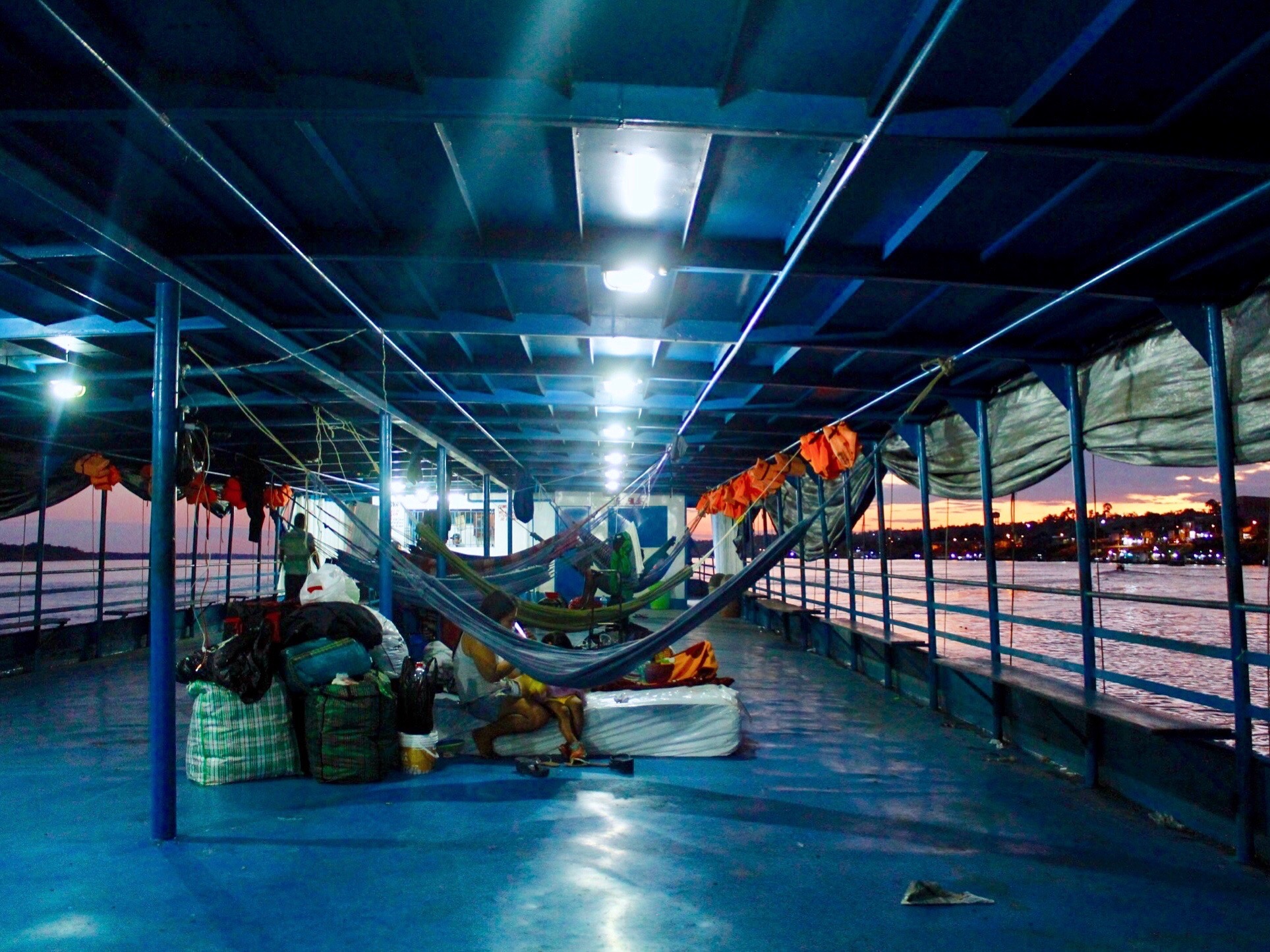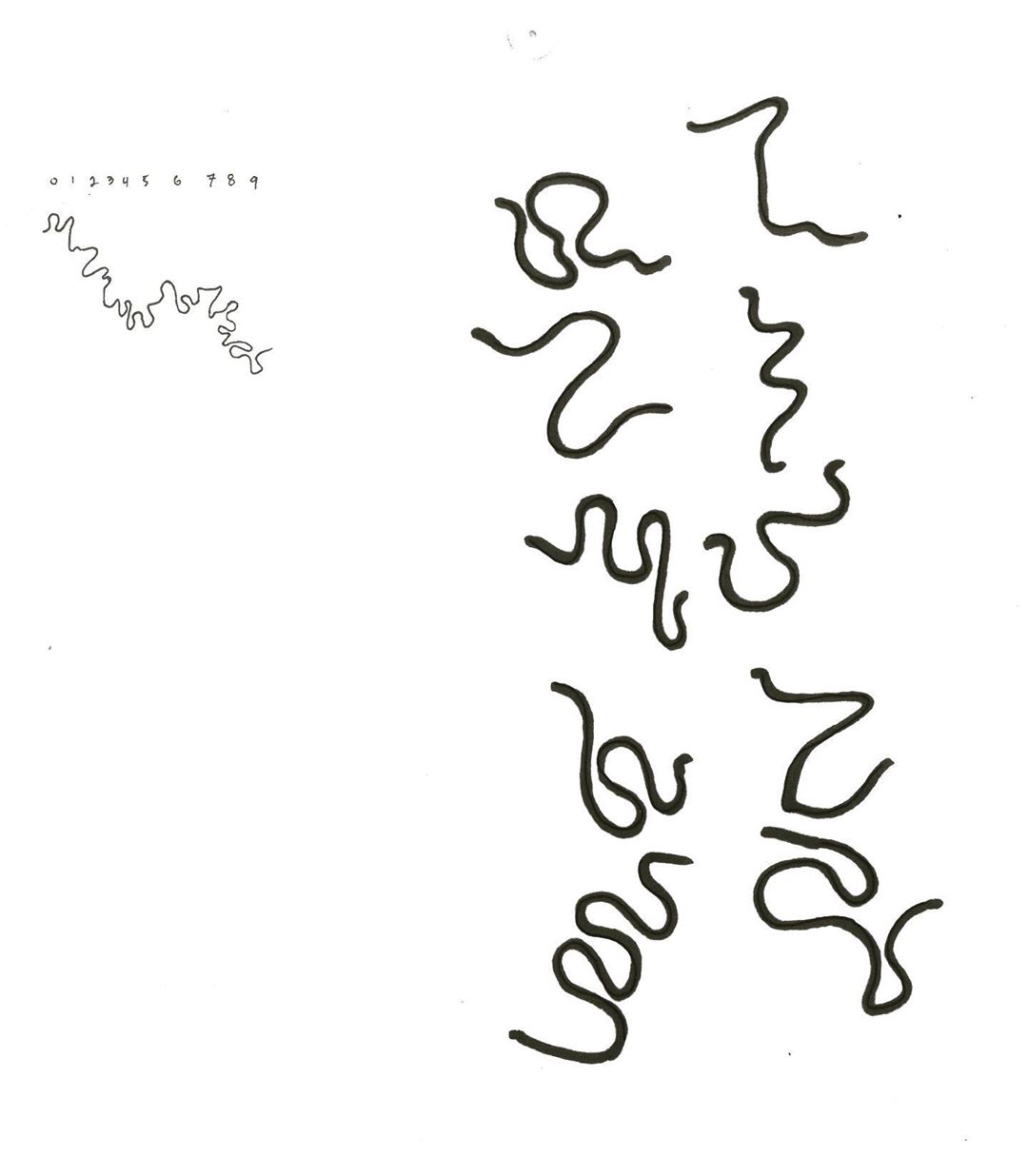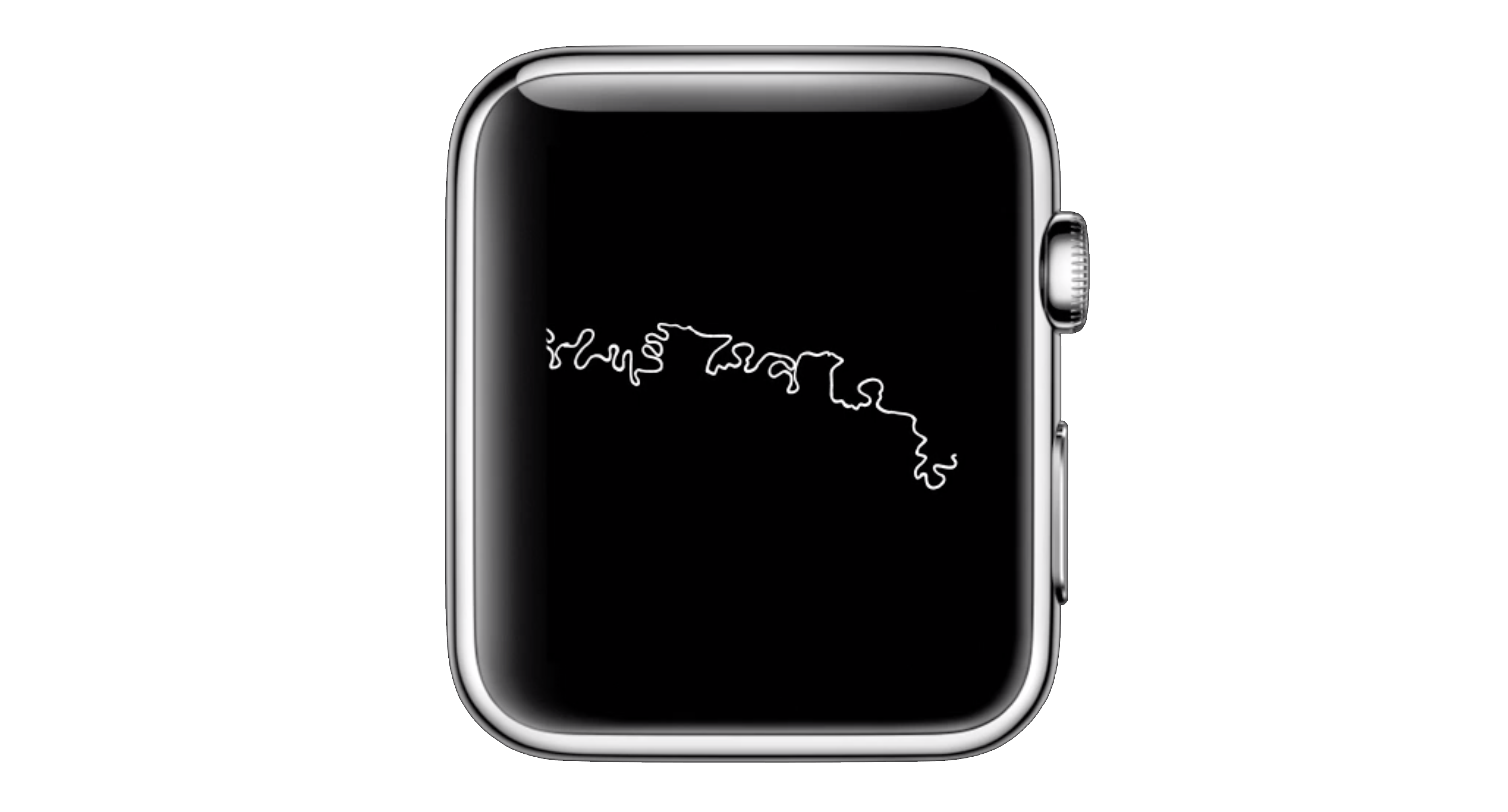peruvianriverglyphs
In 2018, I studied the river forms in Peru from a lens of typographic field work. While backpacking in Peru that summer, I found myself traveling from Yurimaguas, a quiet port town, to Iquitos, the largest city in the world inaccessible by road, aboard a cargo boat. Our ship carried compost accelerator, potatoes, plantains, mattresses, and chickens — all for safe transport to Iquitos along El Marañón, a tributary to the Amazon River. Around seventy other passengers boarded with me in Yurimaguas, and we set up our hammocks in parallel on the ship’s middle, open-air deck.
Along the five-day journey, I passed the time either reading the first edition of The Serving Library which regards time generally and libraries specifically or staring out over the ship’s railing, entranced by the continually changing river banks. During those long days aboard, I became acquainted with a group of passengers — a mix of backpackers, locals, and crew. With these folks, I started up a game to guess the letterform along which we were traveling. Over the course of an hour or so we would try to guess the letterforms which our captain had been maneuvering. I’d be swinging back and forth in my hammock, reading or sleeping or thinking, when a friendly face would walk by and comment, “Pienso que este es un S, no?” I’d nod or counter with “No, es un Z.”
These cursive river glyphs fluidly flowed into one another; for me, it was unclear when a glyph would appropriately stop or start. Only with the waking from a nap or the sudden jolt of the boat nudging off a marooning moment on a sand dune would I be able to take a refreshing moment to reorient my internal typography.
This field work in Peru led me to focus on depth in my Topography Typography project. Marinating in El Marañón’s glyphs, I became more interested in the stories and contexts behind my detected glyphs.
I've used these cursive Peruvian glyphs for a couple projects: a Processing script to encode and process personal poetry as well as a design for a digital watch interface.
Field work in Peru made possible through the Berl & Berl Senior Thesis Research Award as granted by the Princeton Lewis Center for the Arts.
2018

















